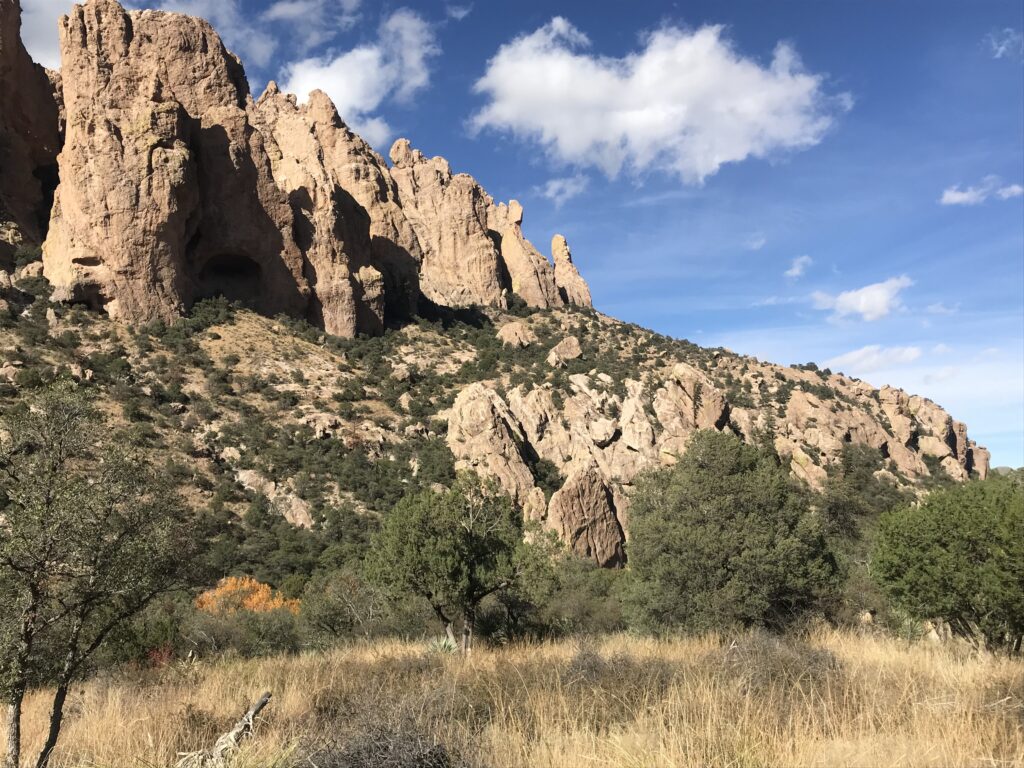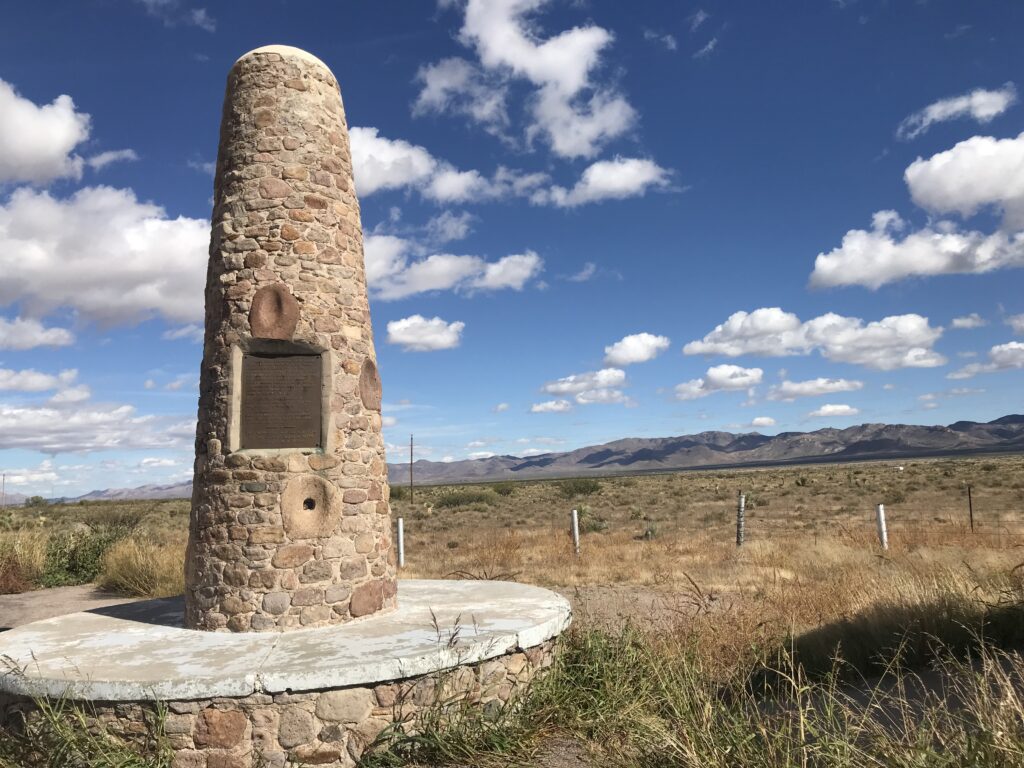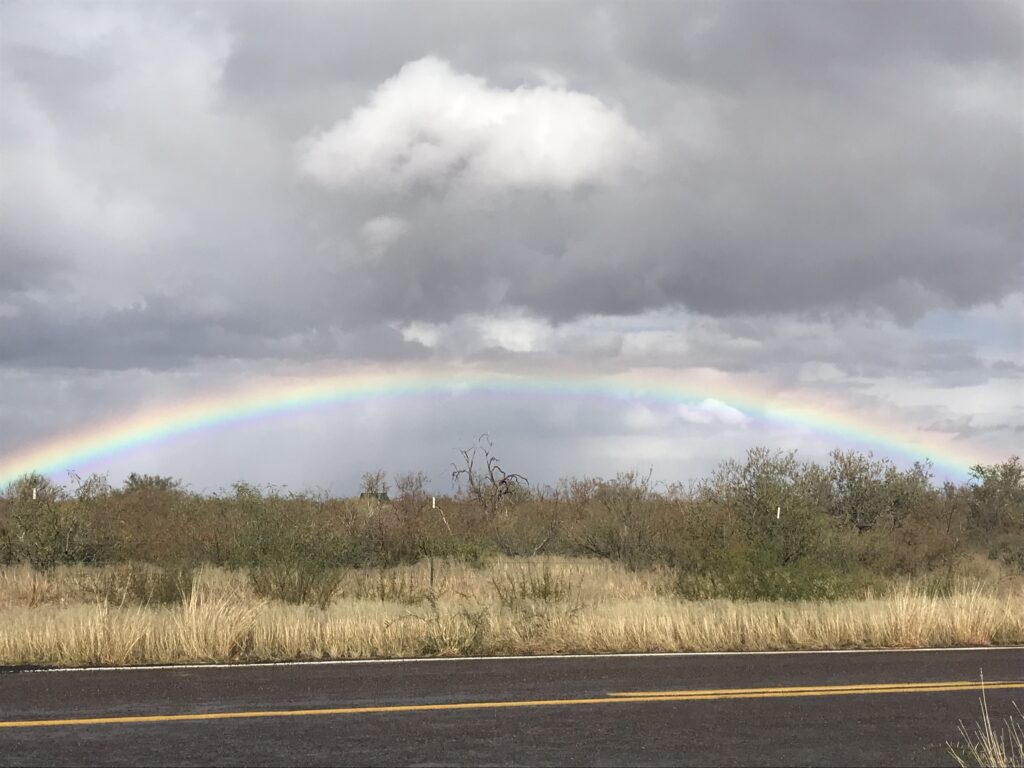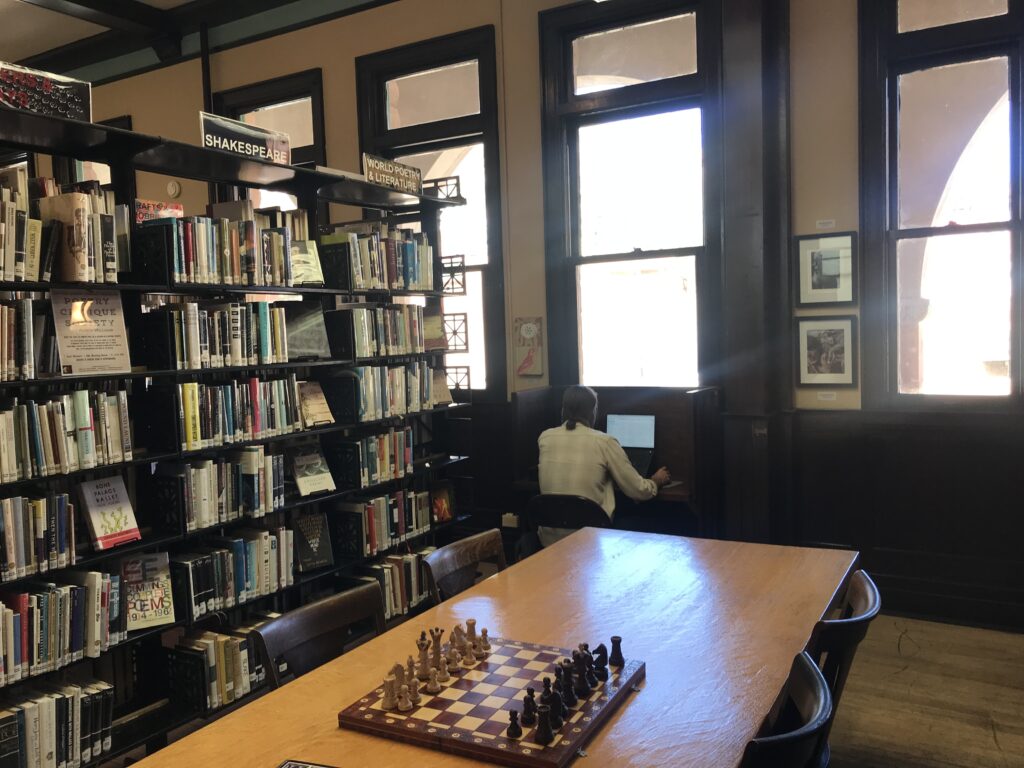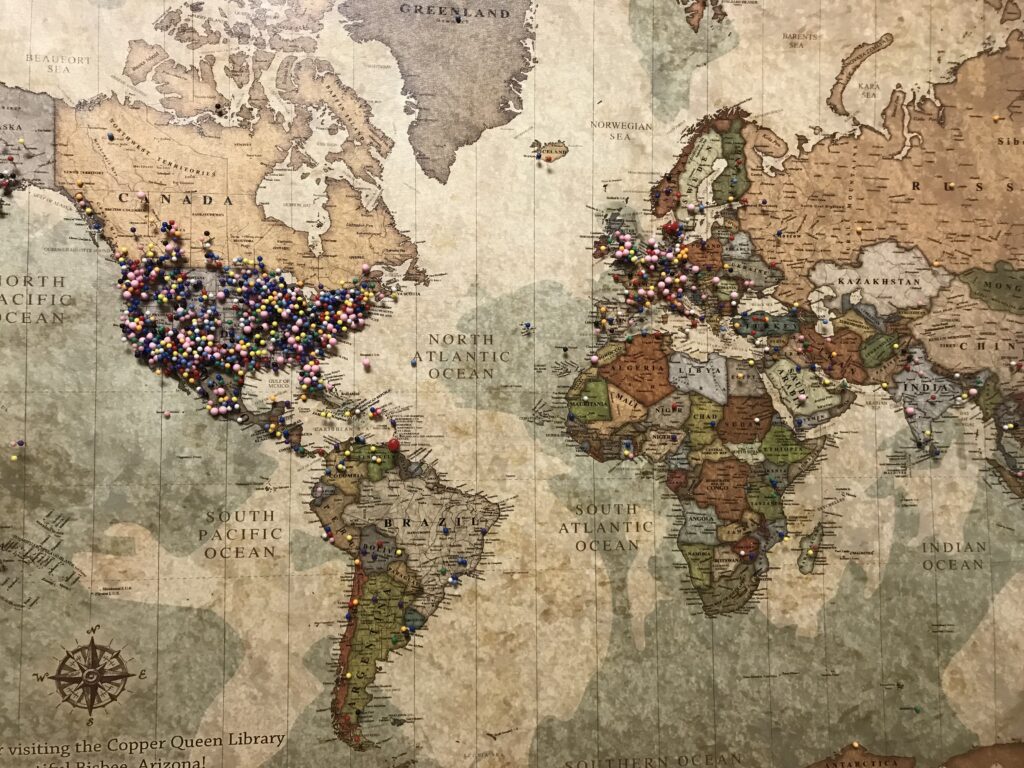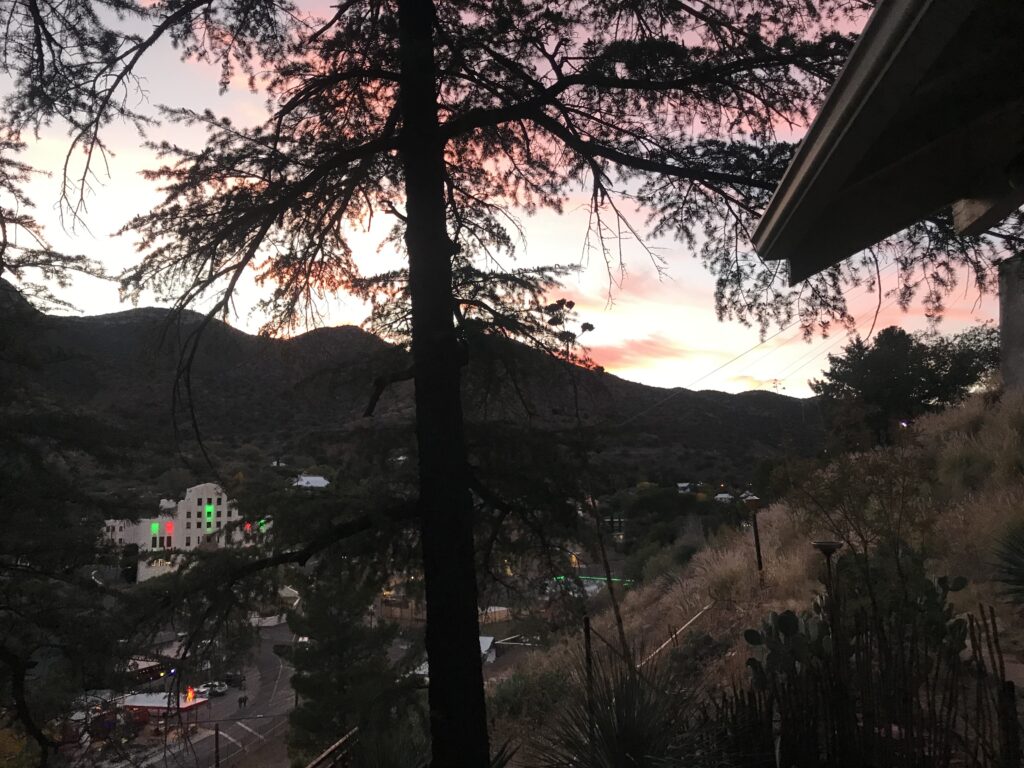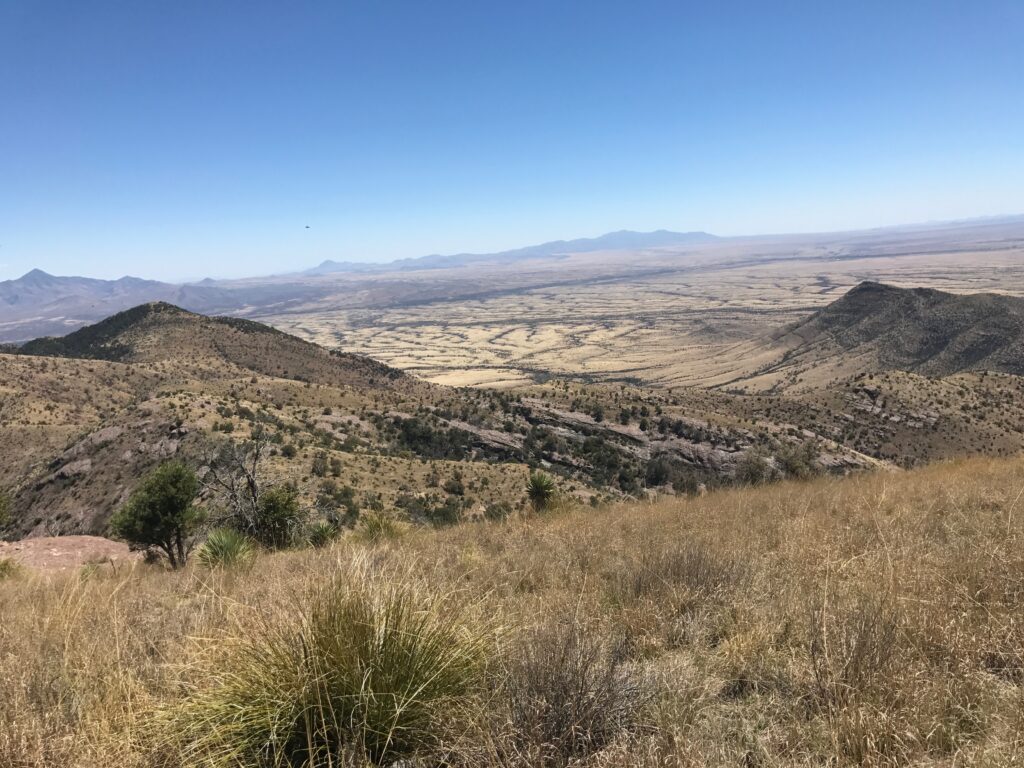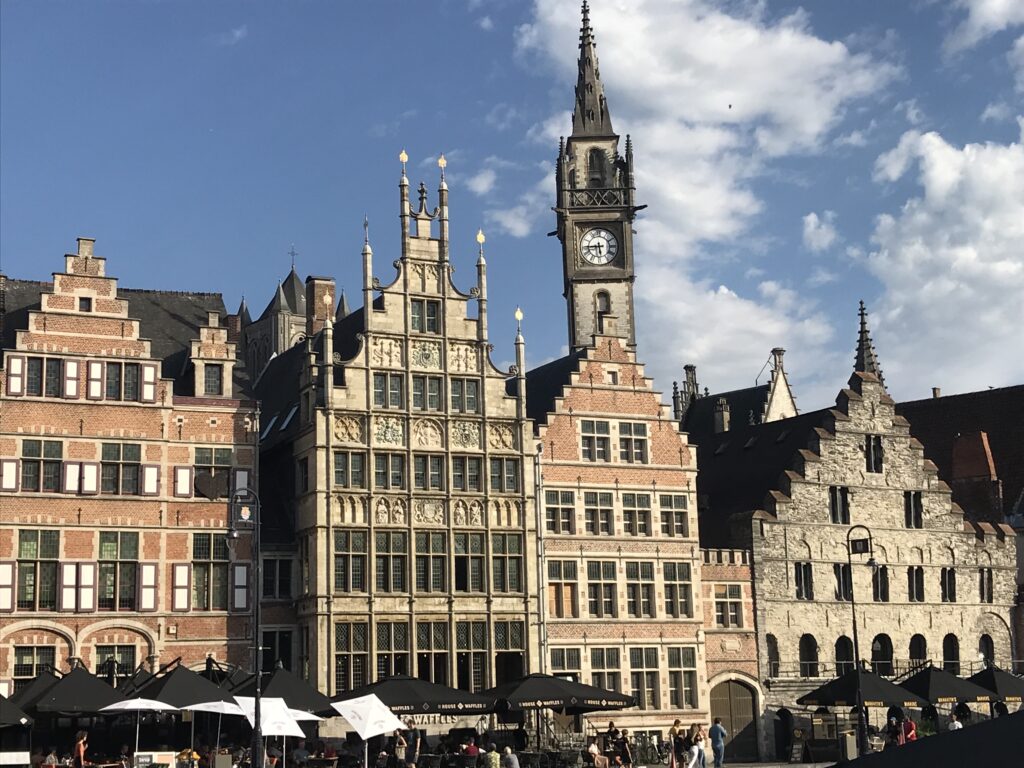Trip Talk
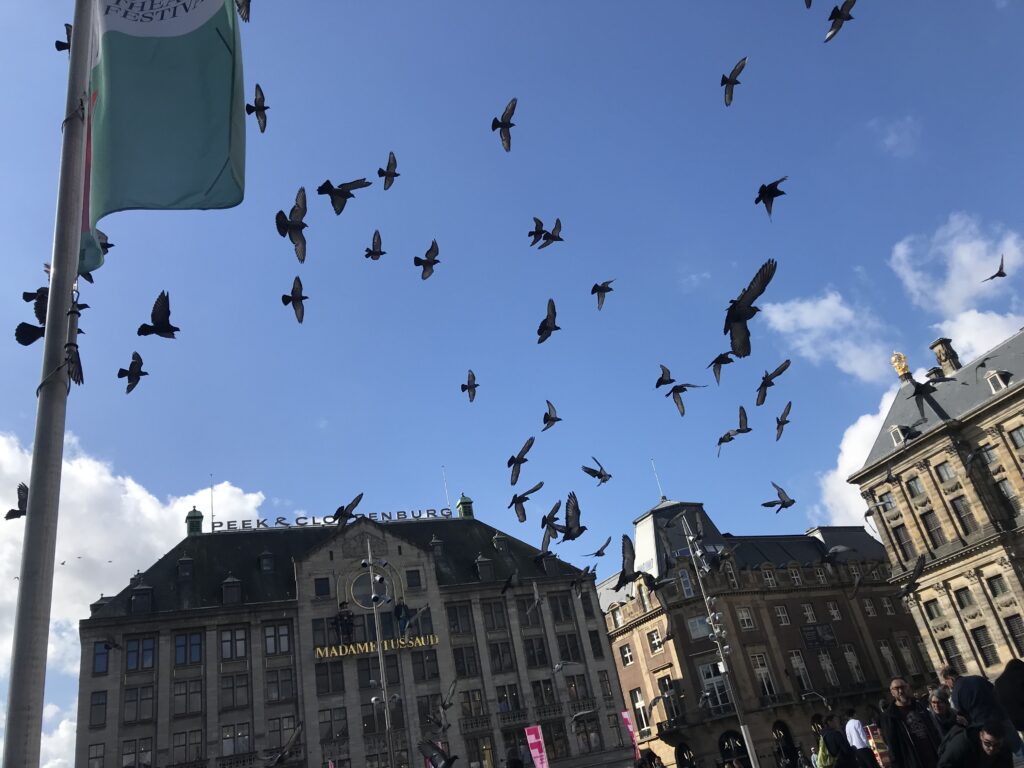
No secret that I love to travel. But I also love to talk about travel. Yesterday a friend and long-ago roommate called to share tales of our recent adventures. She had just explored South Africa and Namibia. I had seen France, Belgium and the Netherlands since we last talked.
She had warned me about the bicycles in Amsterdam. I told her that now I understand. She tried to explain the grandeur of game drives. I tried to describe the charm of an Alsatian village.
At some point in our conversation I realized that it’s not the travel itself, it’s the way it makes us feel — or at least the way it makes me feel, which is alive and free.
Once, my friend and I trudged down snow-packed Chicago streets to buy groceries as we started our careers in a cold and busy city. Now we have different destinations.
It’s not that trip talk satisfies as much as travel itself, but it certainly brightens up a cold winter evening.
